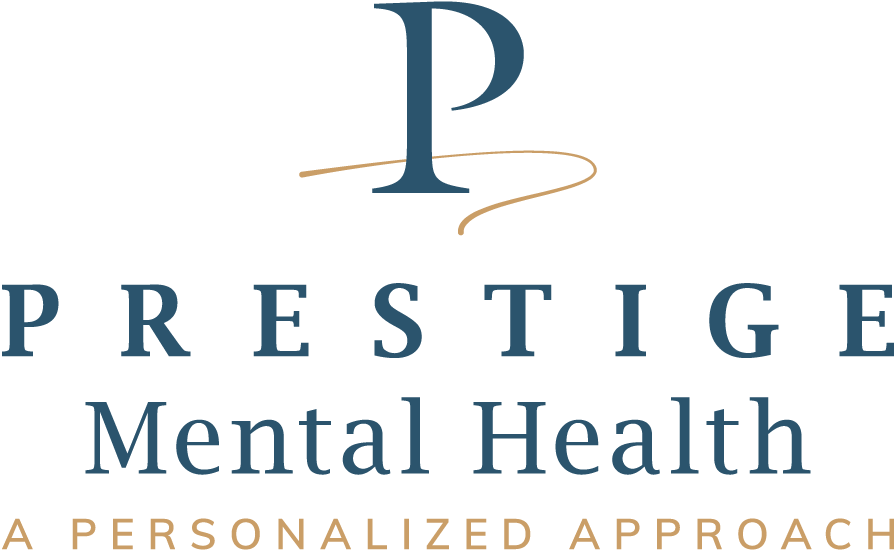Autism Spectrum Disorder (ASD), also referenced as simply autism, is a disability originating in the brain. Some individuals with autism have a known genetic condition, but the overall cause of autism is not known. Current scientific knowledge indicates that autism may result from multiple causes coming together to influence how people develop. While there is no standardized treatment for the disorder, there are approaches that have proven to benefit the autistic individual.
Treatment Approaches For Autism And How They May Help
Many of those who live with ASD have been shown to benefit from receiving treatment. Age of diagnosis doesn’t seem to be a factor in their ability to benefit. All individuals who receive well-designed interventions can benefit, regardless of ability. However, there are numerous ways to help manage the symptoms and boost their ability. Receiving appropriate therapies and interventions gives those with ASD the best chance to utilize all their skills and abilities.
There is no standardized treatment for autism because the specific symptoms vary widely from patient to patient. Depending on the exact nature of their symptoms, they may respond to some treatments better than others. One common theme among most individuals with autism is that they thrive with programs that are structured and specialized. When a treatment regimen is properly tuned to an individual, it can ease symptoms and improve day-to-day living.
Some forms of treatment that have been shown to be beneficial in treating autism include:
- Behavioral management therapy
- Cognitive behavior therapy
- Early intervention
- Educational and school-based therapies
- Joint attention therapy
- Medication treatment
- Nutritional therapy
- Occupational therapy
- Parent-mediated therapy
- Physical therapy
- Social skills training
- Speech-language therapy
It’s common for autism to be diagnosed in children under two years of age. This is due to this being the beginning of the age range where developmental advancement seems to change. Early intervention is more successful due to the child’s brain still continuing to form. During this time, the brain has greater plasticity, allowing children to experience better results from treatment.
While rare, early intervention has the potential to help the child progress so well that they’re no longer on the autistic spectrum. Those who go off the spectrum do share some common traits. They are diagnosed at a younger age and begin treatment soon after. Their IQ is higher than that of the average individual with autism. Their motor and language skills are also greater than average for ASD-affected individuals.
Reach Out To Your Mental Health Specialist for Further Guidance
If you or a family member are seeking treatment options for autism, reach out to your mental health specialist today. They’ll trained to help you obtain a confirmed diagnosis and design a treatment plan around the symptoms. Remember that getting started earlier is better, so there’s little time to waste. Schedule your initial consultation and be prepared to talk about the observed symptoms, the history of their condition, and how to proceed. There is the hope of a brighter future for individuals living with untreated autism; start on that road today!






